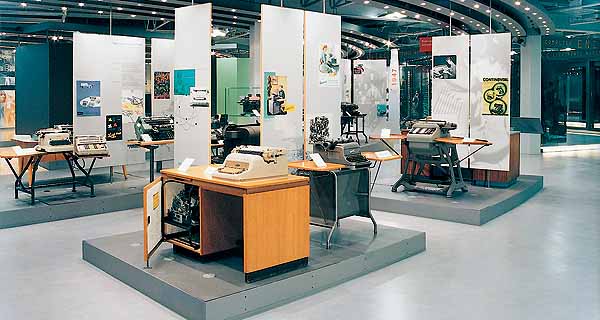Word of mouth is excellent small business advertising – but it’s slow, and may be practically non-existent for new businesses. If you want to grow your customer base more quickly, you have to advertise.
This collection of small business advertising ideas presents both the tried and true and advertising ideas you may not have tried yet – advertising ideas for your small business to effectively reach your target market and attract new customers.

1. The Yellow Pages.
There’s still a lot of people who use the yellow pages to find the businesses they’re looking for – and they won’t find you if your small business isn’t listed there. Get the biggest yellow page ad you can afford; the more visibility the better.
2. Newspaper advertising.
Besides box ads and advertising inserts, local newspapers also often offer special advertising features showcasing particular businesses – all powerful small business advertising opportunities. Don’t overlook special interest newspapers as an advertising idea if they exist in your area. They may be delivered to exactly the audience you want to reach.
3. Direct mail.
Direct mail can be very effective small business advertising – and is much more favourably received than other direct marketing media, such as email or telemarketing. And even if you don’t have a mailing list, you can still geographically target your mail.
4. Magazine advertising.
This advertising idea can be a very effective way of reaching a target market. The trick is to choose the magazines or e-zines that best match the market you’re targeting.
5. Business cards.
Sure, they’re advertising. Every time you hand one out to a prospective client or customer, you’re advertising your small business. But why not take this advertising idea further and Make Your Business Card a Marketing Vehicle?
6. Joining professional/business organizations.
Every professional or business organization offers exclusive advertising opportunities for their members, ranging from free promotion on the organization’s website through special section newspaper advertising. And being a member can be good small business advertising in itself.
7. Vehicle advertising.
The reason you see so many vehicles emblazoned with advertising is that it works; vehicle advertising is very visible small business advertising. If you’re not ready for custom graphics or a magnet quad sign that sit atop your vehicle, go for a magnetic sign that you can take off when you want.
Advertising Ideas You May Not Have Tried Yet
8. Sending promos with invoices.
Little advertising ideas can be powerful, too. If you’re sending out an invoice, why not take the opportunity to include some small business advertising? To draw new customers, try something such as a “bring-a-friend” promotion.
9. Cable TV advertising.
So you can’t afford to advertise your business during the Super Bowl. That doesn’t mean you have to miss out on the household reach of TV. Cable TV companies offer advertising ideas within the budget of small businesses, from advertising on the TV Guide Listings or Real Estate channels through running infomercials.
There are more small business advertising ideas you may not have tried yet on the next page. Click to continue reading.





